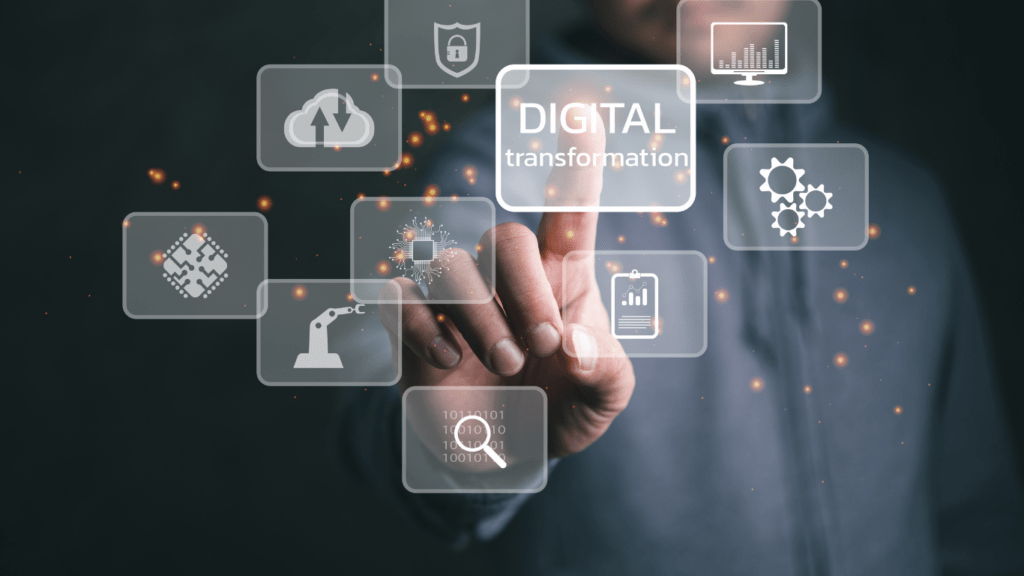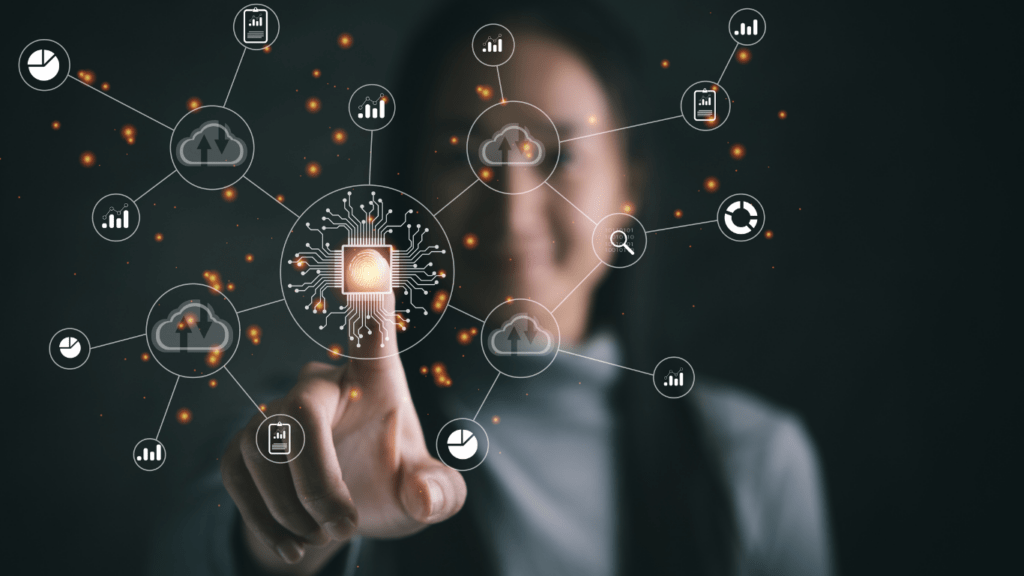Understanding IoT in Property Management
IoT integrates connected devices and systems into the property management process to enhance efficiency and safety. These technologies automate tasks, monitor assets, and provide actionable data for decision-making. Connected devices include sensors for energy management, smart thermostats, and automated lighting systems.
Property managers use IoT to streamline operations. Smart locks grant secure remote access, and leak detection sensors prevent costly water damage. Predictive maintenance systems, powered by IoT, minimize downtime by identifying issues before they escalate.
Data-driven insights from IoT improve tenant satisfaction. For example, sensors track space utilization in co-working buildings, optimizing layouts based on user needs. Environmental monitoring maintains air quality, creating healthier living and working spaces.
Transforming Property Management Through IoT

IoT is revolutionizing property management by integrating smart technologies into daily operations. These innovations enhance efficiency, improve asset management, and promote sustainability.
Smart Devices for Efficient Operations
Smart devices streamline property management tasks through automation and connectivity. Smart locks provide remote access control, allowing property managers to grant access securely without being on-site. Automated lighting systems ensure common areas are well-lit at optimal times, reducing manual monitoring. For example, motion-activated lights in parking lots enhance security while saving energy by turning off when not needed. These devices reduce workload and improve tenant experiences.
Enhanced Asset Monitoring and Maintenance
IoT-enabled monitoring enhances maintenance routines by providing real-time data on property assets. Sensors detect leaks or equipment malfunctions, alerting property managers instantly to prevent costly repairs. Predictive maintenance systems analyze usage patterns and identify potential issues before failures occur. For instance, HVAC sensors monitor performance metrics like temperature and airflow, scheduling service proactively to avoid tenant discomfort. These solutions minimize downtime and extend equipment life by addressing problems early.
Energy Management and Sustainability
IoT drives energy efficiency by enabling precise control over energy consumption. Smart thermostats adjust heating or cooling based on occupancy, reducing unneeded energy use. Energy management systems analyze consumption data, identifying areas to optimize for cost savings. For example, smart meters measure real-time electricity usage, allowing property managers to implement conservation strategies. These technologies benefit tenants by lowering utility costs and support sustainability goals by reducing the environmental impact of property operations.
Strengthening Property Security with IoT
IoT enhances property security by integrating advanced smart devices and automated monitoring systems. These technologies improve surveillance, control, and emergency responsiveness, creating safer living and working environments.
Smart Surveillance and Monitoring Systems
Smart surveillance systems use IoT to provide real-time property monitoring. Devices like connected cameras and motion sensors capture and transmit live feeds, accessible via mobile or desktop applications. For example, high-definition cameras with infrared capabilities ensure 24/7 monitoring, even in low-light conditions. Advanced analytics, such as facial recognition and behavior analysis, identify unusual activities, enabling swift action.
IoT in Access Control and Authentication
IoT reshapes access control by replacing traditional locks and keys with smart solutions. Smart locks, for instance, offer access via PIN codes, biometric scans, or smartphone apps, eliminating the risks associated with lost keys. Authentication systems use multi-factor methods, like fingerprint recognition or one-time passwords (OTPs), to restrict unauthorized entry. Property managers can grant remote access for deliveries or maintenance, improving security without compromising convenience.
Real-Time Alerts and Emergency Response
- IoT-enabled devices send instant alerts during emergencies like break-ins or fires.
- Smoke detectors, glass-break sensors, and intrusion alarms notify property managers or security personnel in seconds.
- Integration with smartphone apps allows viewing alerts and taking action remotely.
For example, fire alarm systems can trigger automatic sprinklers and simultaneously alert local authorities, reducing response times and mitigating damages effectively.
Challenges of Implementing IoT in Property Management
Integrating IoT into property management offers significant benefits but presents several challenges. Understanding these obstacles helps ensure smoother adoption and operation.
Data Privacy and Security Concerns
IoT devices collect vast amounts of sensitive data, creating potential vulnerabilities. Hackers can target systems like smart locks or surveillance networks if robust encryption and authentication protocols aren’t in place. Without compliance with regulations, such as GDPR or CCPA, legal complications and tenant trust issues could arise.
Integration and Compatibility Issues
- IoT systems often rely on multiple brands and platforms, making integration complex.
- Incompatible software, limited API accessibility, or non-standardized device protocols hinder seamless connections.
- Dependence on outdated hardware, like legacy HVAC systems, further complicates system unification efforts.
Cost and Resource Limitations
IoT implementation involves high initial investment in hardware and software. Ongoing costs, including network upgrades, subscription fees, and maintenance, may exceed budget constraints. Smaller property managers with limited technical expertise struggle to allocate resources for employee training or hiring IoT specialists.




